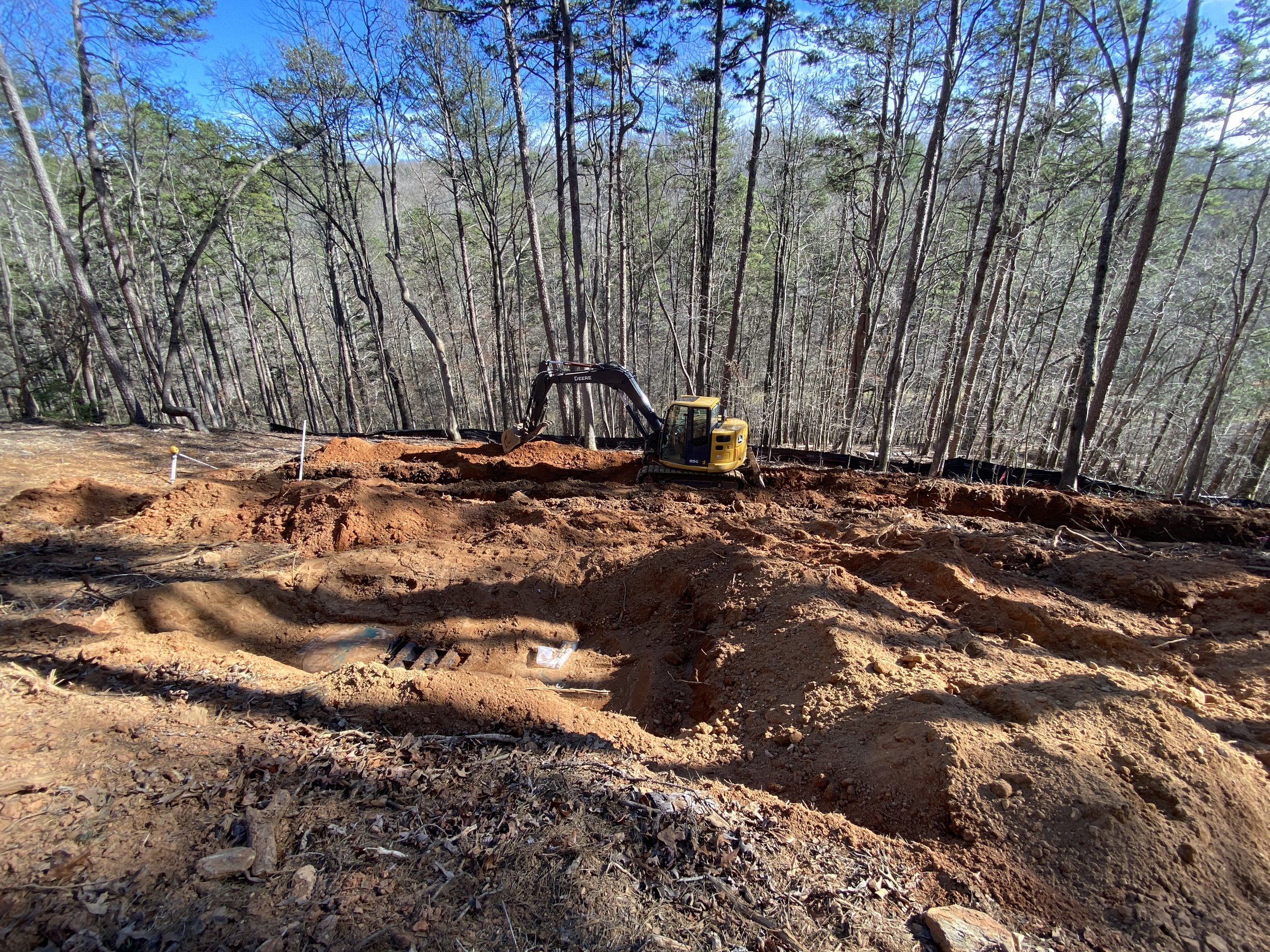
Septic tank installation & repair
If you are building a new home and need a new installation or if your drain field is failing and you need a repair, we have a team of certified septic installers to help.
What causes a drain field to stop working properly?
Did you know that we can apply for septic permits for you?
If you are building a new home or needing a septic repair done, you can contact us and we will take care of everything for you. Let us take the hassle out of it for you!
Tree Roots: As trees grow, their roots can extend into the drain field and cause issues. You can prevent this by planting trees away from the drain field or removing trees that are close to it.
Foreign Objects in the System: There are things that should never be flushed down a toilet such as, baby wipes, feminine hygiene products, diapers, or anything else other than toilet paper. If you consistently flush items like these, it may lead to issues with your system.
Overflow: Septic systems are installed based on the number of bedrooms in your home. If the people living in your home increases significantly, it could cause your system to overflow. If you are running your dishwasher, taking frequent showers, and washing clothes all the time, it could also lead to overflow. It is important to space these things out during different times of the day and not do them all at once.
Improper Maintenance: It is recommended to have your septic tank pumped out every 3-5 years, depending on your household water usage. This can help maintain the longevity of your system, avoid costly repairs, and protect water quality.

Let’s Build A Great Relationship Together
Our clients are family. You are the life-blood of our company. Let’s get to know each other.





